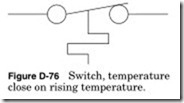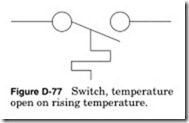Rectifier, general
Arrow points in the direction of the current flow as indicated by a DC ammeter. Electron flow is in the opposite direction.
A shunt (Fig. D-57) is typically used on an ammeter or a current trans- former. A shunt should be installed on any secondary of a current trans- former when it is not connected to a load.
Related posts:
Wye-Delta Starting
Calculators for Electricity and Electronics:using The Calculator for electricity and electronics
THE MAGNETIZATION CURVE AND INDUCTANCE
NETWORKING WIRED AND WIRELESS:WIRELESS NETWORKS
Oscillators:Fundamentals of oscillators
Signal-carrying switches:Speed of action
BASIC FRACTIONAL q THREE-PHASE A.C. WINDINGS
Earthing and Bonding:Kitchen Equipotential Bonding System
Synchronous Speed and Zero Torque
State Variable Feedback Control Theory:State Variables
INDUSTRIAL CONTROL SYSTEM SIMULATION ROUTINES:SOFTWARE AND SIMULATOR
The Control Transformer
Fixed Appliance and Socket Circuits:Continuity of Ring Circuit Conductors
Motor Fault Overheating
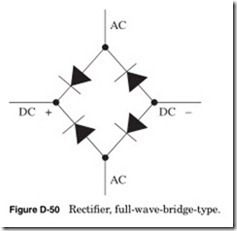
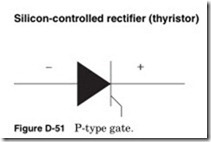
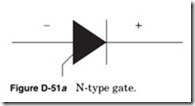


![Figure-D-54-Resistor-adjustable-rheo[2] Figure-D-54-Resistor-adjustable-rheo[2]](http://machineryequipmentonline.com/electric-equipment/wp-content/uploads/2020/06/Figure-D-54-Resistor-adjustable-rheo2_thumb.jpg)
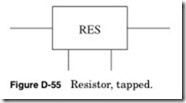
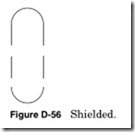
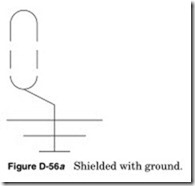

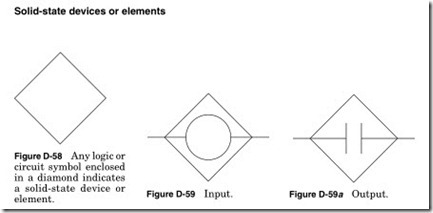

![Figure-D-61-When-the-outputs-and-inp[1] Figure-D-61-When-the-outputs-and-inp[1]](http://machineryequipmentonline.com/electric-equipment/wp-content/uploads/2020/06/Figure-D-61-When-the-outputs-and-inp1_thumb.jpg)
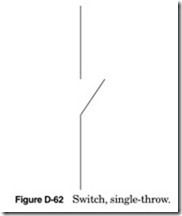
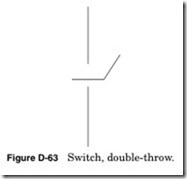

![Figure-D-65-Foot-switch-closed-by-fo[1] Figure-D-65-Foot-switch-closed-by-fo[1]](http://machineryequipmentonline.com/electric-equipment/wp-content/uploads/2020/06/Figure-D-65-Foot-switch-closed-by-fo1_thumb.jpg)




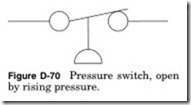
![Figure-D-71-Pressure-switch-closed-b[2] Figure-D-71-Pressure-switch-closed-b[2]](http://machineryequipmentonline.com/electric-equipment/wp-content/uploads/2020/06/Figure-D-71-Pressure-switch-closed-b2_thumb.jpg)
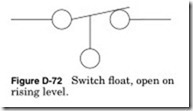
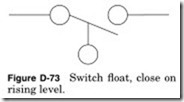
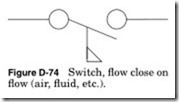
![Figure-D-75-Switch-fl-ow-open-on-fl-[1] Figure-D-75-Switch-fl-ow-open-on-fl-[1]](http://machineryequipmentonline.com/electric-equipment/wp-content/uploads/2020/06/Figure-D-75-Switch-fl-ow-open-on-fl-1_thumb.jpg)
